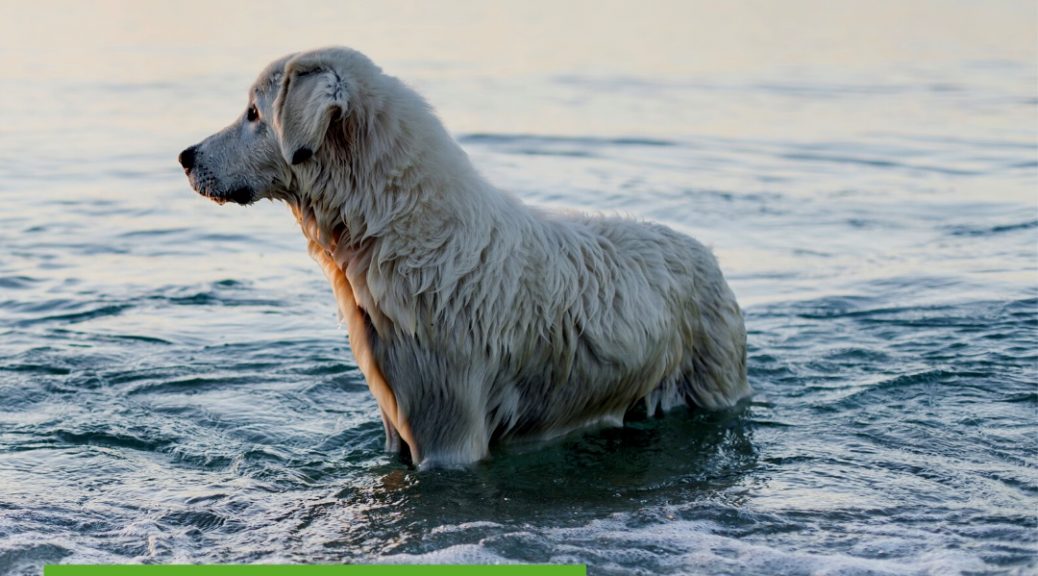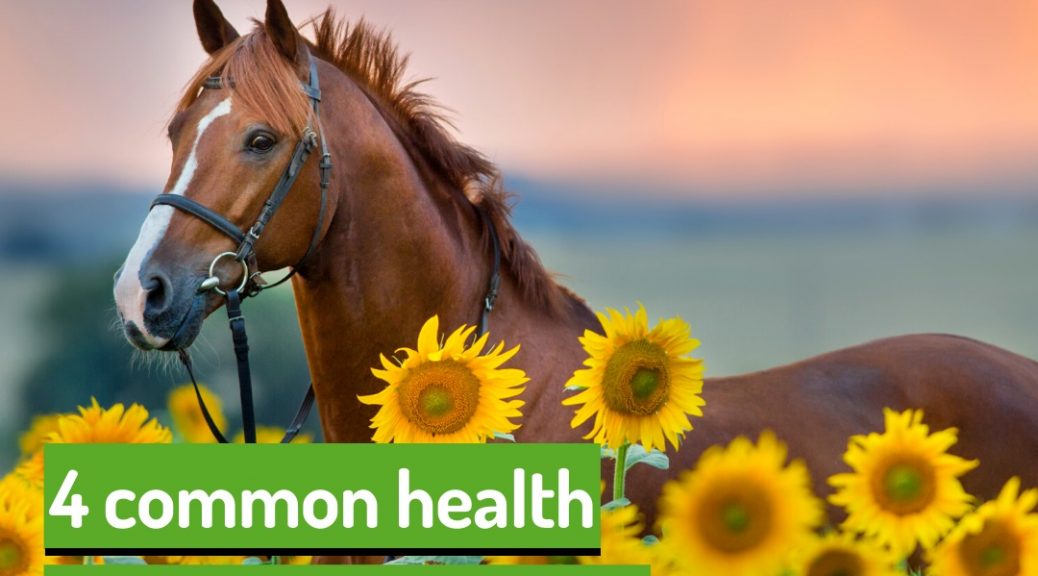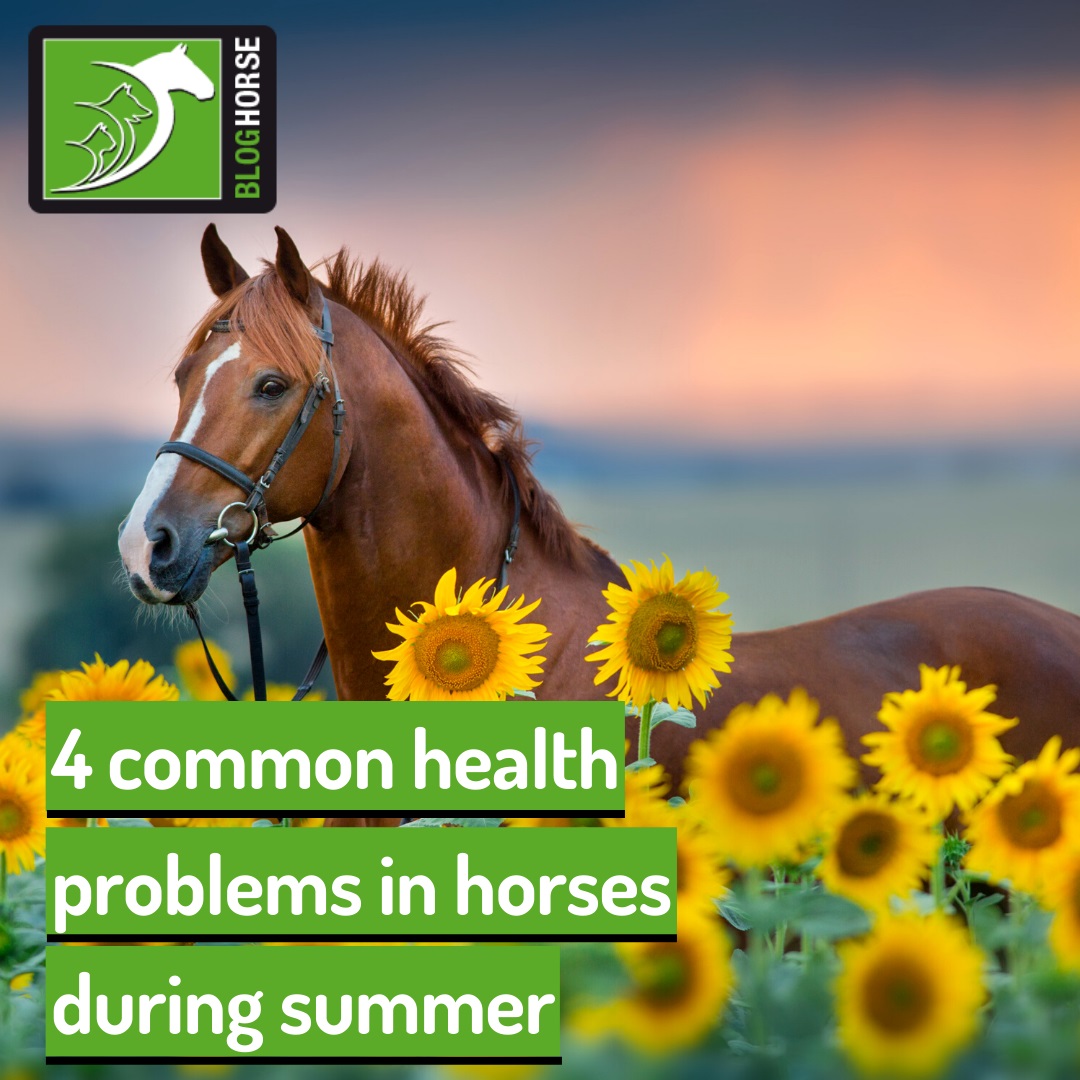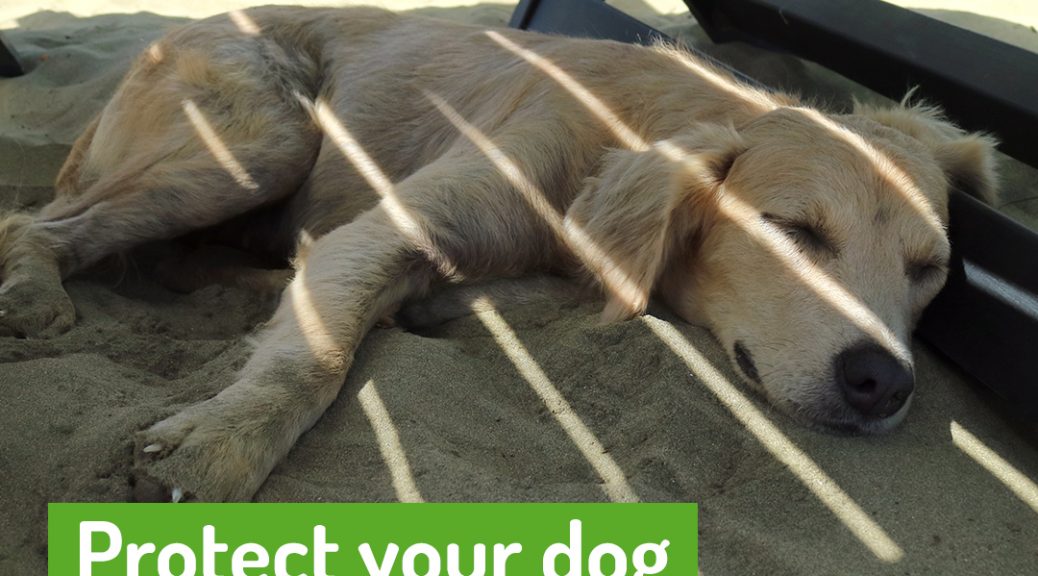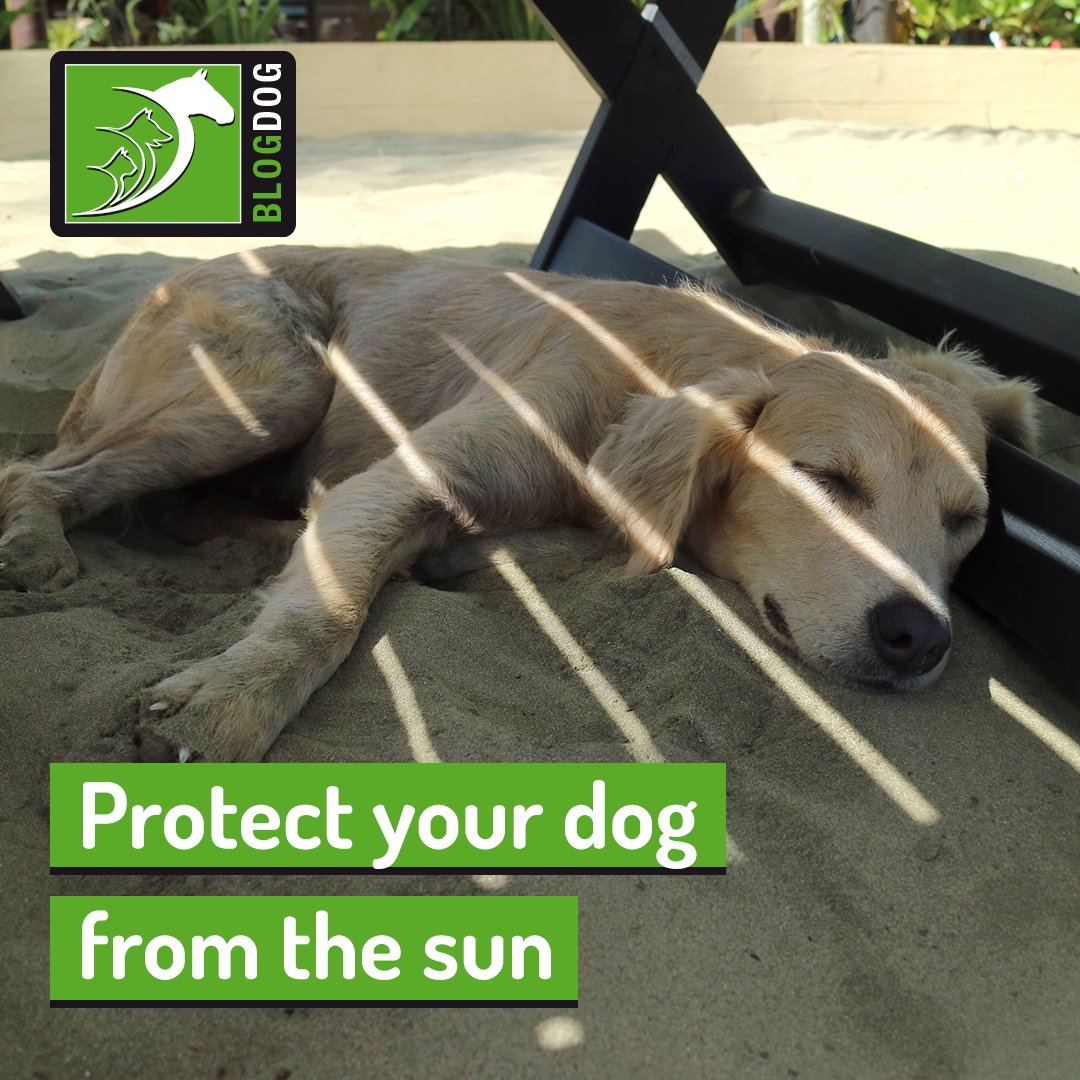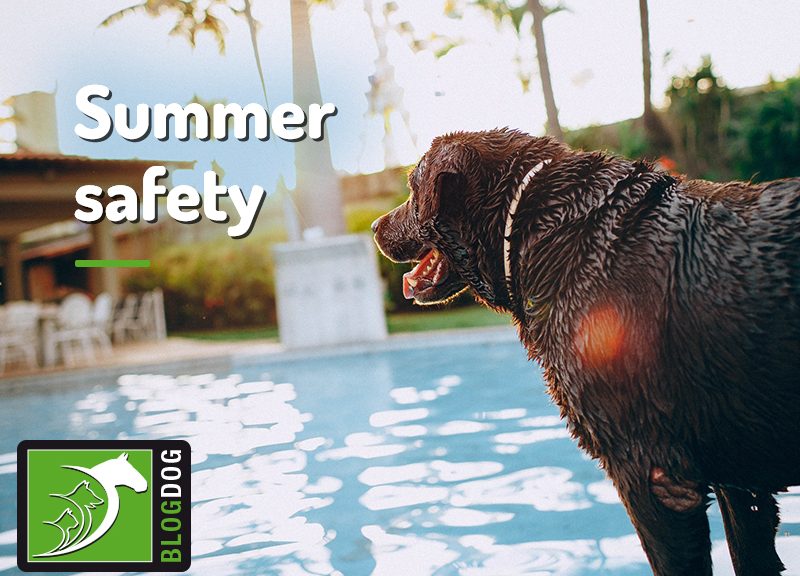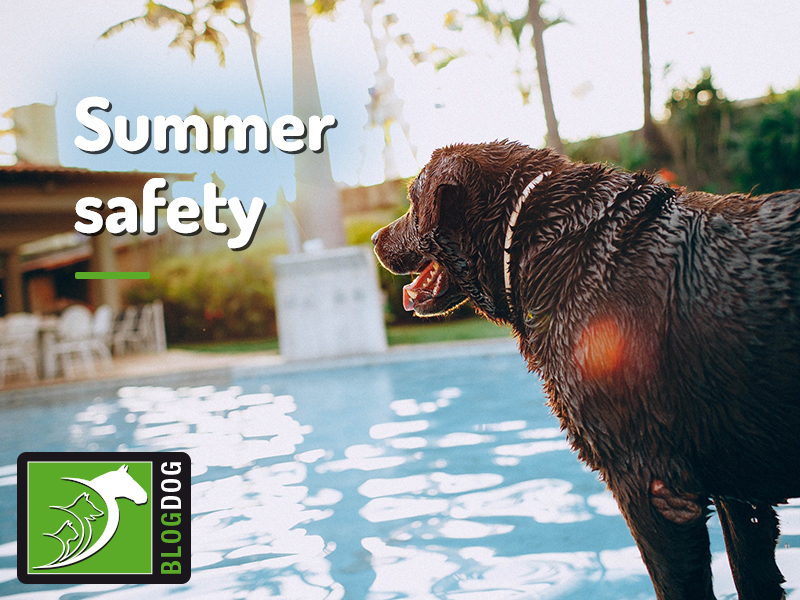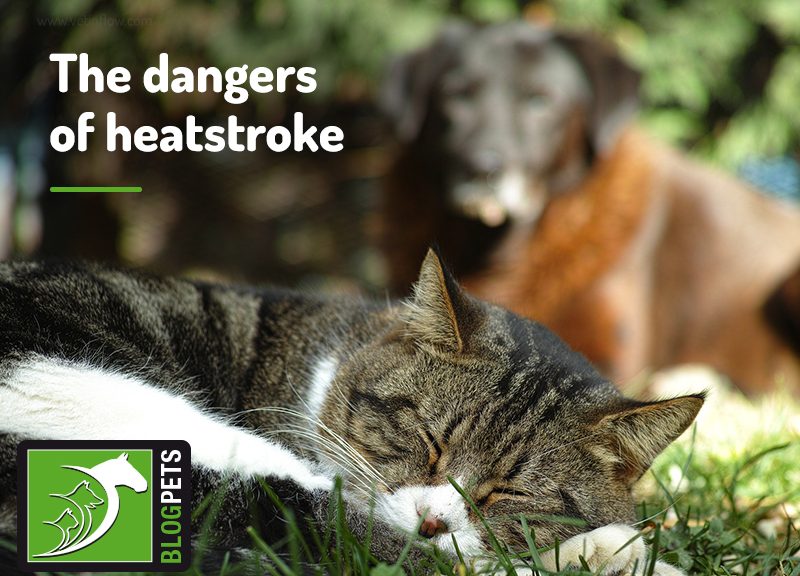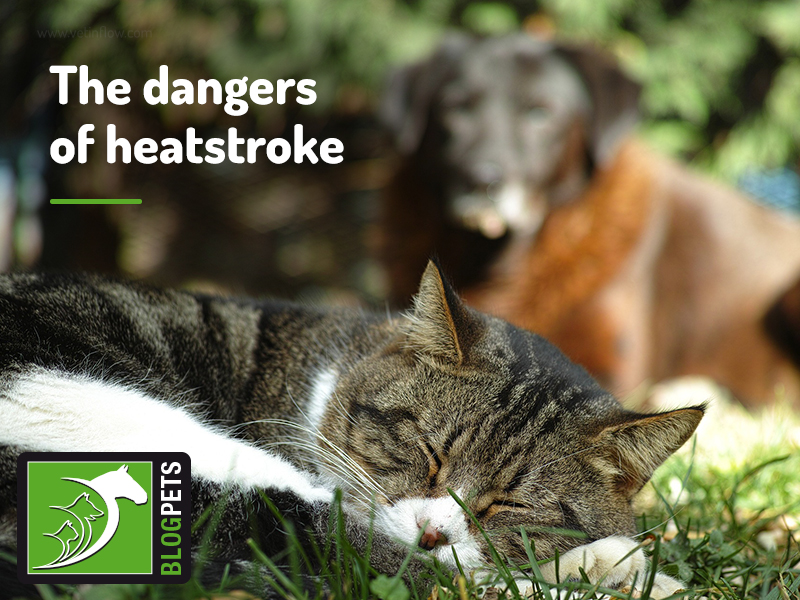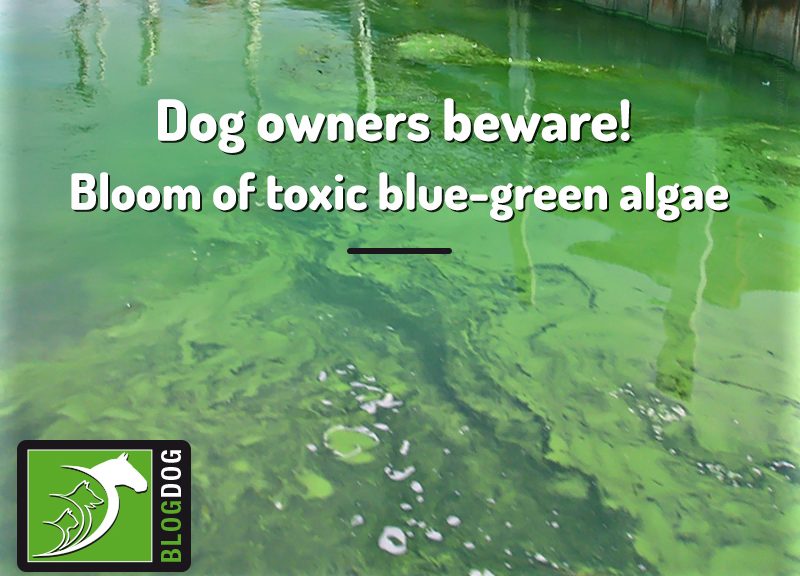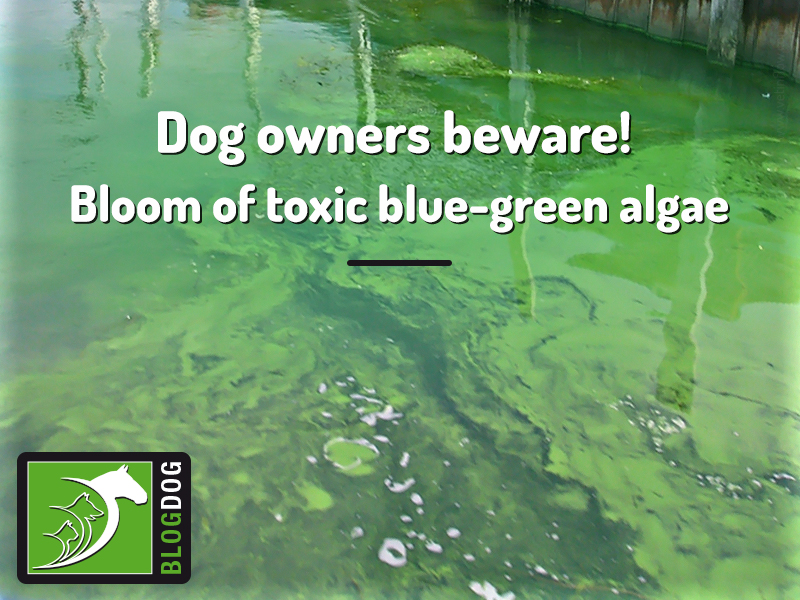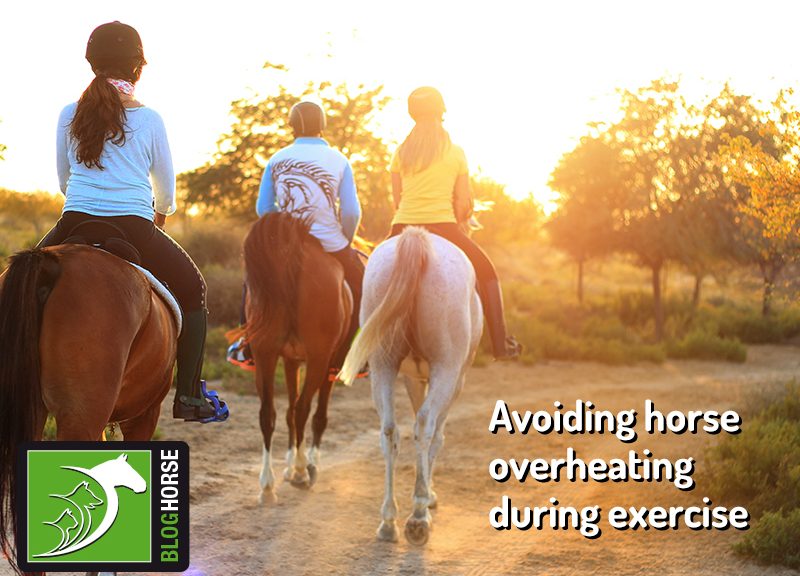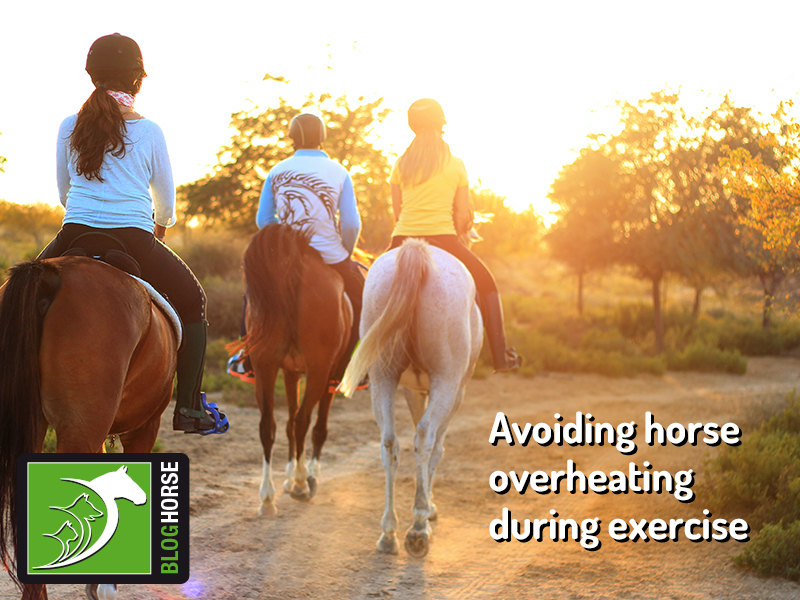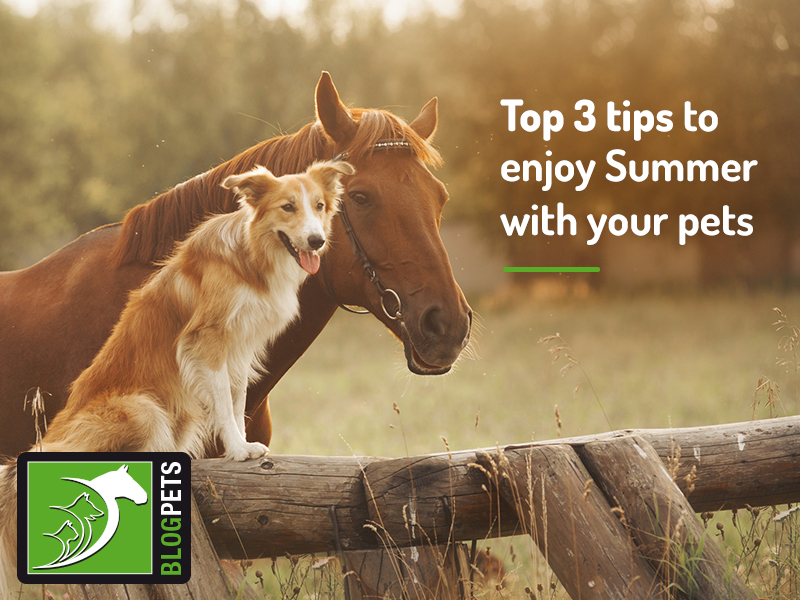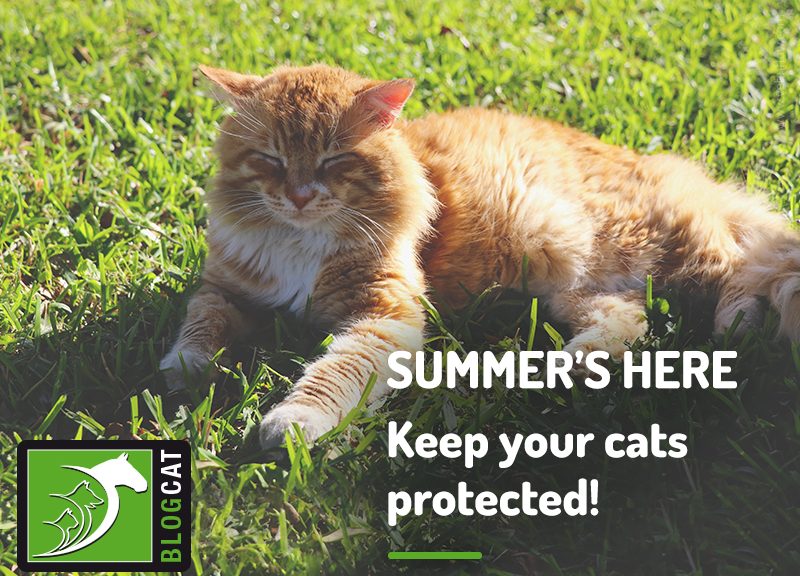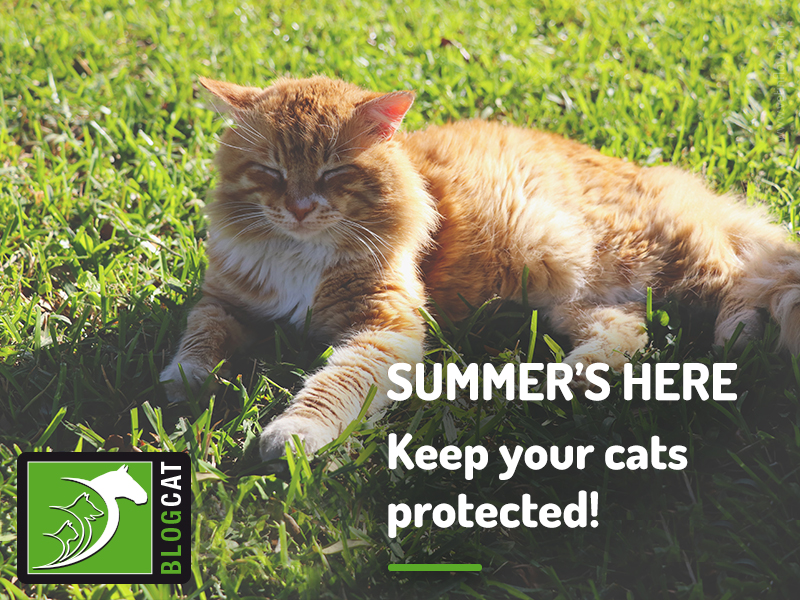Taking your dog with you on outdoor adventures is nothing new! As more beaches, lakes and even pools become pet-friendly, there is a big chance you will be out in places where your dog could go for a swim.
However, deep water, especially unpredictable water with currents or hidden dangers, is not to be underestimated! Dogs are naturally curious animals and are often not used to being out in these situations, a combination that can spell disaster.
Keep reading to find out how to ensure your furry friend has the perfect swimming day.
Can my dog naturally swim?
While many people think dogs can swim, the truth is, this is quite variable! Many breeds were indeed selected to be peerless swimmers, but this does not guarantee that your dog, (even if from a working water breed such as Labrador Retriever or Poodle), will know how to swim or even if he or she wants to go into the water.
Nevertheless, you can teach a dog to love swimming and increase his or her confidence in the water.
It is best to take things slowly and, most importantly, never to force your pets to be in a situation that might cause them distress, such as dragging them into the water or throwing them beyond their depth.
Another vital part of your dog’s swim journey is a well-fitting life jacket, especially if you are out on a boat and there’s a risk of falling overboard into dangerous currents. This buoyancy aid not only dramatically increases your pet’s confidence and comfort but can also save his or her life in case of an accident.
If you are unsure how to teach your furry best friend how to swim or are struggling with getting results, consult a professional trainer.
My dog is used to the water, so can I leave him or her unattended?
You should avoid leaving your dog unattended around bodies of water, even if your dog is an excellent swimmer outfitted with a lifejacket, or even if he or she is in a place that they are used to going.
It’s best to err on the side of caution in these cases, as there are many dangers lurking around these areas that can quickly turn the situation sour. Drowning can happen quickly and silently, so always make sure your dogs are not unattended or without a leash.
If your pet leaves your sight and he or she returns to you listless, with an injury or vomiting, don’t hesitate to call your vet for help.
What else should I consider when going swimming with my dog?
Now that you’re all set for the perfect day with your dog, don’t forget to check the water conditions when you arrive. If you’re out on the lake, ensure that there are no blue-green algae blooms and that the water is safe to swim in. Watch out for strong currents or nasty waves when going to the beach.
Sunburns and heat stroke are also a concern, so make sure your dog has sunscreen on, permanent access to shady, cool areas and plenty of fresh water.
And, of course, no adventure is complete without a handy first aid kit! Here are some of the best things to carry with you:
- Bandages and surgical sticky tape;
- Cotton wool and sterile gauze;
- Scissors and tweezers;
- A comfortable and thick towel;
- Thermometer;
This should cover many of the accidents that can cause injuries, hypothermia or even catching stray ticks.
Why don’t you check out our video on canine first aid which covers first aid kits in detail.
In addition, remember always to keep your vet’s number and address with you so you can quickly call for help!
Would you like to know more about dogs? Check our Canine Courses:
![]()
Canine courses
